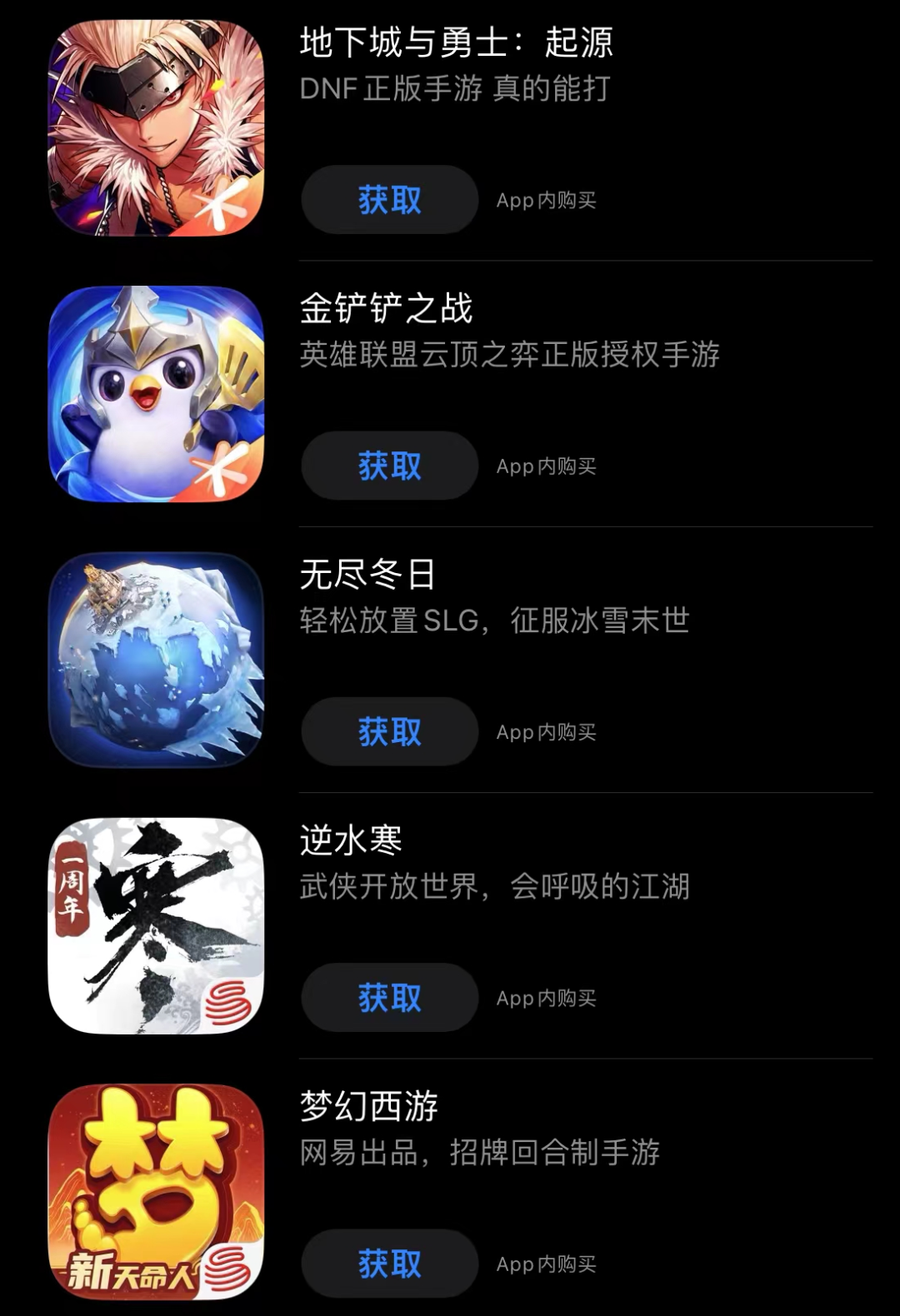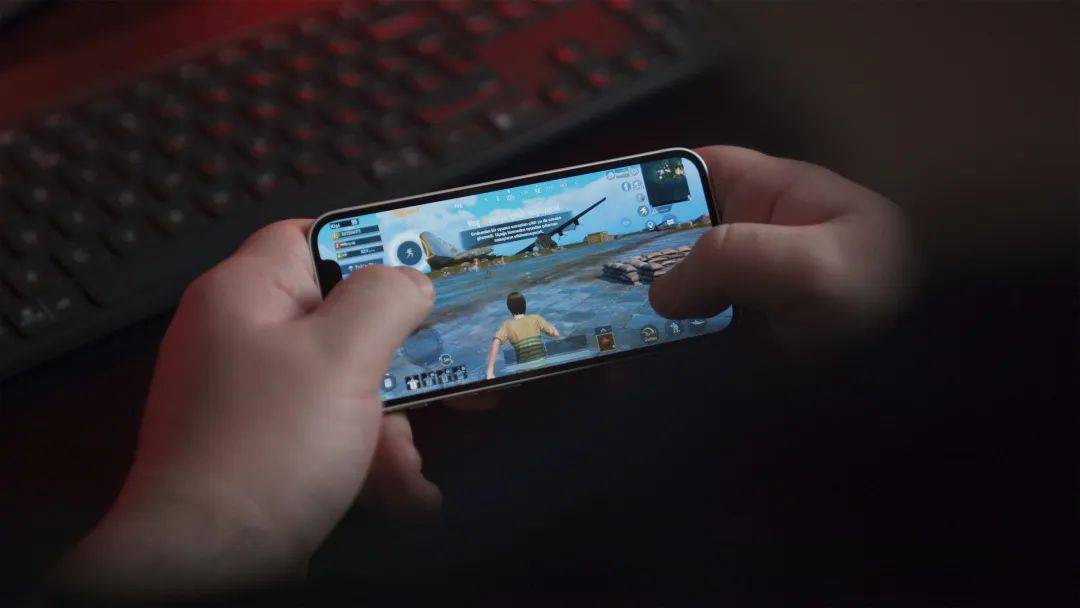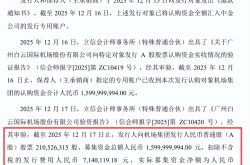Game tree, PC breeds new growth rings
![]() 10/18 2024
10/18 2024
![]() 515
515
Written by Wu Kunyan
Edited by Wu Xianzhi
From leggings to yoga pants, it is the fashion cycle reflected by the disco balls of the last century. Nowadays, the same cycle seems to emerge in the game industry.
With 20 million sales and $1 billion in revenue, the achievements of "Black Myth: Wukong" do not necessarily reignite the investment fever for console games, but it does indicate the upcoming boom in the PC end. The stunning appearance of "The Second College Student in the Village" "Shadow Blade Zero" and the sci-fi mech masterpiece "Deconstruction" under Xishanju at this year's Cologne Game Show, as well as many 3A-grade games that have yet to enter the mainstream agenda but have already appeared on various game shows, are evidence of this trend.
More representative is that in addition to exclusive works for consoles and PC ends, many manufacturers have been putting more effort into PC cross-platform projects in recent years. For example, Tencent and NetEase have consolidated their competitive advantages in niche markets with "The Legend of the Condor Heroes" and "Yanyun Sixteen Sounds" (Chinese martial arts) as well as "Dark Zone Breakout" and "Delta Force" (shooting games), all of which are PC cross-platform works.
Since the trend of high-quality games emerged, we have witnessed the gradual integration of mobile games across multiple platforms. But today is different from the past. Once, multi-platform integration merely provided players with a "login simulator" that allowed them to perform light operations such as idling without occupying phone usage time. However, today's cross-platform integration emphasizes the experience on the PC end even more.
Early this year, Steam announced that simplified Chinese users officially surpassed English users as the largest player group. On May 30th, Gama Data released the "Client Game Marketing Development Report" showing that revenue from multi-platform integrated products on the PC end reached 3.385 billion yuan in 2023, an increase of approximately tenfold over five years. All signs indicate that PC games seem to be ushering in a long-awaited revival.
Starting with cost reduction, ending with content
At first glance, PC cross-platform integration stems from the hardware revolution of smartphones and heavyweight works like "Genshin Impact." Fundamentally, however, multi-platform integration is merely a pretext, as leading manufacturers intend to gradually change users' usage habits through this approach.
Firstly, during the early stages of smartphone development, the game industry gave birth to the channel server model to quickly direct traffic to new games. Channel servers emerged during the chaotic period of mobile internet, as manufacturers partnered with hardware manufacturers to launch "customized" entry points to expand their user base, essentially purchasing traffic.
High channel commissions forced manufacturers to deliberately guide users to the PC end, thereby bypassing channels to a certain extent—in-app purchases and top-ups made through the PC end do not require channel commissions.
Subtly, new users acquired from the mobile game market are gradually being cultivated to develop the habit of playing games on PCs. Alongside the increasing severity and high quality of mobile games, these two trends have run parallel to each other. Coincidentally, this also marks the timing for the initiation of PC cross-platform heavyweight games, which have been concentratedly announced in recent years.
However, in this process, the rise of short video platforms has provided manufacturers with flexible user acquisition models, breaking the monopoly of channel servers on traffic before the PC end.
As the game industry boldly challenged the Hardcore Alliance, short video platforms like Douyin and Kuaishou replaced channel servers as a new user acquisition channel, becoming another "gold mine" for manufacturers to promote new games. Taking NetEase as an example, its marketing expenses have shown a trend of annual growth: NetEase's marketing expenses in 2023 were 13.97 billion yuan, an increase of approximately 11 billion yuan compared to 2020.
The commission income retained after firing at channels inevitably flows into the pockets of content platforms. After all, while Tencent dares to remove "DNF Mobile" from some mobile phone manufacturers' app stores, it can only inquire about the upper limit of user acquisition costs on Douyin during the initial launch of "Yuanmengzhixing."

Therefore, Tencent's "no longer believing in user acquisition" and NetEase's repeated emphasis on controlling marketing expenses this year are essentially just shifting the cost of purchasing traffic from one hand to another, increasing revenue without increasing profits.
Regarding marketing expenses on the PC end, the aforementioned Gama Data report shows that the marketing expense ratio for PC games has remained at around 6% over the past five years, far lower than the overall marketing expense ratio of 15% for mobile games. A senior game industry practitioner believes that this is because PC games have a longer lifecycle, and their marketing requires a more sustained approach, with a greater emphasis on branding and value.
"The path of user acquisition has actually gone astray. Only skin-changing mini-games need constant user acquisition. Medium to heavy content games should guide users from different circles to become 'organic users' on their own."
Alongside changes in manufacturers' revenue sharing and marketing strategies, the needs of mobile gamers are also evolving. Undoubtedly, the hardware and software advantages and universal characteristics of PCs provide players with a more immersive experience compared to smartphones.
Just as e-commerce has evolved from distant to nearby transactions, the rapid growth of instant retail and the revival of PC games essentially follow similar logic: when infrastructure is sufficiently developed, consumers tend to choose higher-quality options.
Pain and discomfort
As the saying goes, 'the duck knows the water is warm first.' The first to perceive the importance of the PC end were the few manufacturers at the top of the industry. This is a significant reason why NetEase has tirelessly launched PC versions of its many medium to heavy mobile games and why Tencent has introduced the "Tencent Mobile Game Assistant" PC emulator.
However, at that time, the industry had not yet formed a clear understanding of PC cross-platform integration. Instead, after establishing a foothold in the mobile market, manufacturers began developing emulators or PC versions to cover some players' upgraded experience needs—even though the hardware foundation of PCs can easily accommodate the operation logic of mobile games, the development focus has always been on the mobile end.

Only in the past two years has the explosion of mobile phone performance made it increasingly difficult for users to perceive upgrades based on hardware experience. Upgrading the experience is now only possible through the PC end. On the other hand, the market size of gaming PCs is about to reach new heights. According to market research firm Jon Peddie Research, the global PC gaming hardware market is expected to historically surpass the $30 billion mark in 2024.
The balance between the mobile and PC ends is beginning to tilt towards the latter. For many R&D personnel, this seems like a spur-of-the-moment decision by leaders, but it is they who have to bear the brunt and criticism.
We understand that most of Tencent and NetEase's cross-platform works launched this year have undergone a shift in development focus from mobile to PC ends, significantly increasing the intensity of research and development in terms of different operation logics, UI adaptation, and optimization across different ports. This not only puts projects in a dilemma between schedule and completion, but also affects the initial delivery quality to a certain extent.
Specifically, NetEase's "The Legend of the Condor Heroes" faces issues such as segregated special effects and art resources, as well as difficulties in balancing optimizations across different ports. Tencent's "Delta Force," on the other hand, aims to "encompass" three different gameplay modes: large-scale battles, tactical evacuations, and single-player campaigns, which Distributed development resources , and its campaign mode has yet to be launched.
In the fiercely competitive mobile market, the aforementioned "half-finished" products under tight deadlines are bound to suffer setbacks. The former has already been reprimanded by NetEase CEO Ding Lei for rework, and its 2.0 version has just been launched, unifying its art style with "NiShuiHan." However, the latter's performance is also not optimistic. According to Qimai Data, "Delta Force" currently ranks 26th on the iOS top-grossing games chart, with approximately 19.5 million yuan in revenue in its first two weeks on iOS.
A former member of the "The Legend of the Condor Heroes" project told Photon Planet that the project was still urgently recruiting art-related positions at the end of last year, "dealing with conflicts between 2D illustrations and 3D art presentations." Additionally, the disconnect between the PC and mobile ends is also evident in gameplay design. In particular, "The Legend of the Condor Heroes" chose to weaken social systems and gameplay to some extent for a smoother narrative experience, but encountered "water and soil incompatibility" on the mobile end.
As for Tencent, it is burdened by its ambition for genre integration. Although the "Delta Force" project team had already identified a shift in development resources towards the PC end last year, a one-year window is clearly insufficient for a project focusing on three different gameplay modes simultaneously.
Satoshi Tajiri, known as the "Father of Pokemon," believes that truly "new" games are rare, and that the main rules in any modern game are merely recombinations of existing rules.
The resulting genre integration and micro-innovations are the theoretical foundations upon which "Delta Force" attempts to cover three different gameplay modes. Building upon this, Tencent strategically anchors on a core gameplay or theme as an "amplifier," attempting to accommodate as many related gameplay modes as possible. Months ago, the battle royale mode in "DawnBreak: Origin" sparked heated discussions among players, exemplifying this theory in practice.
Someone close to Tencent complained, "Making games is not like building blocks. Leaders' ideas are basically impossible to realize within the development window."
We cannot yet assert whether genre integration will become Tencent's next internal methodology after IP transfers, but at least for now, attempts at genre integration have not yielded sufficient positive feedback.
Rushing into the "new" entry point
Even in a supply-driven game industry with relatively unilateral network effects, dominant manufacturers still seek to establish entry points and preempt the competition.
Specifically, regarding the PC end, we have observed frequent moves by Tencent and NetEase in recent times to develop platforms and entry points for the PC end.
Recently, Tencent released the PC version of Yingyongbao, allowing users to run Android apps, including mobile games, and use native Android functions in a Windows environment without installing an emulator. Compared to Tencent's previous Mobile Game Assistant, Yingyongbao not only offers a more "native Windows" interactive experience but also expands its coverage beyond games.
In contrast, NetEase, with a relatively simplistic ecosystem, has been slower. It upgraded its PC single/multiplayer game introduction platform "Fever Games," launched in 2020, to the official PC game platform "NetEase Fever Games," further clarifying the platform's entry point role. Although its scale is far smaller than Tencent's, it excels in its focus.
Even if we ignore the coexistence of risks and rewards, the rise of PC cross-platform integration alone is sufficient to demonstrate the value of the PC end, especially for 3A-grade games that are more suitable for small and medium-sized studios. In fact, the revival of the PC end extends beyond games, impacting emerging applications and even the entry point transformation of the entire internet ecosystem.
Briefly reviewing the past few months, we see a string of mobile internet applications, such as the return of Taobao and Xianyu's PC versions and the launch of Douyin's PC webpage, regaining their foothold on PCs. This is no coincidence.
Given their hardware and software advantages and high compatibility, PCs are inherently more powerful information processing terminals than smartphones. They are also a core front in the globally popular AIGC field. The return of PCs is highly correlated with the global consensus on AI development. However, the deeper logic lies in the rediscovery of the value of PC desktops amidst the plateauing growth of the mobile internet.
Compared to increasingly bloated smartphones with endless push notifications, PCs, which were overlooked by the market in previous years and thus escaped the explosion of information, represent another value trove on the internet.
Beyond the relatively high-value traffic, the greater value of the PC end lies in being a "new" entry point outside the smartphone ecosystem.
Now that the battle between Tencent and NetEase has reignited, the multi-platform cross-end game war has already begun. Perhaps in the near future, more cross-end wars for mobile applications will ripple through the entire mobile internet. In the race for tickets to new entry points, game companies are already ahead of the pack.





